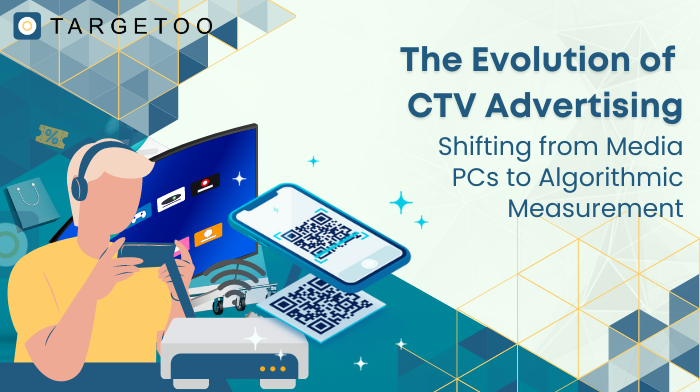Reflecting on the evolution of connected television brings a grin to our cheeks as we recall our personal experiences. As people who have always been drawn to technology, we started cord-cutting in 2007. We recall installing Boxee on a tower PC and connecting it to a cluster of external 1TB hard drives containing a fairly varied collection of movies and TV series. It was a courageous move motivated by a single desire: independence. We craved the ability to choose what we watched and when.
However, our initial excursion into Media Center TV was far from flawless. The setup was riddled with problems; software crashes were widespread, and the quality of downloaded content frequently fell short of expectations, sometimes failing to match the title.
It took about a decade for connected TV to reach beyond Netflix and Hulu. It took another five years for us to realize that the presence of advertisements was not what had soured our connection with regular cable television. Ads were acceptable, even desired if it meant getting cheaper or free services. What we genuinely desired was autonomy - the ability to customize our watching experiences based on our interests and schedules.
Today's connected TV is very different from traditional television sets. Beyond the same letters, "T" and "V," the evolution of CTV is nothing short of amazing. It is seeing tremendous growth, with publications, viewers, and technology evolving at an unprecedented rate, all while luring advertisers from all over the world. However, we will go into more detail about this later.
Revolutionizing TV Advertising for the Modern Era
Television advertising, historically dominated by outdated price systems and limited accessibility, is now on the verge of upheaval. In contrast to the dynamic and expanding world of Internet advertising, television commercials were constrained by historical pricing methods, upfront arrangements, and, in some cases, government control.
The fast spread of online advertising provided us with a worldwide economy in which demand and supply have no boundaries. A viewer in Seattle may now watch a German series while being targeted with an ad for a game in Tel Aviv. The globalization of demand and supply has altered the advertising sector.
With the introduction of programmatic bidding in connected TV (CTV), marketers may now participate in real-time auctions for ad slots, allowing for more accurate targeting and maximum efficacy. This transformation has not only allowed more marketers to enter the CTV arena, but it has also transformed how messages are delivered, resulting in remarkable accuracy and efficiency.
Navigating the Evolving Landscape of CTV Advertising
Despite the technological advancements, CTV advertising still encounters obstacles that demand attention. One such puzzle revolves around the expansion of ad space and its actual impact on audience reach. Are we simply relocating traditional TV viewers to digital screens, or are we genuinely attracting new viewers?
The Inventory vs. Audience Conundrum
This dilemma requires advertisers to become sleuths, discerning whether CTV merely reshuffles existing viewers or truly expands the audience pool. This distinction profoundly influences ad spending strategies and campaign targeting.
Reimagining Measurement Metrics
In the past, TV ads measured success by potential viewership, while digital ads revolutionized this with direct impact tracking. Now, as CTV merges traditional TV with digital platforms, a new approach to measurement is imperative. Should success still be gauged by reach, or do we need a more nuanced, digitally aligned method?
Abandoning the Last Click Mentality
Traditional TV metrics like panels and QR code scanning no longer suffice in the CTV realm, where viewers often use smartphones to access content. Advertisers are gravitating towards incremental measurement, which examines the causal relationship between ad spending and outcomes.
Looking Ahead
The journey of CTV advertising from its inception to its current prominence is remarkable. However, with growth comes challenges. Unravelling the intricacies of CTV ads, understanding viewership, and refining measurement methods represent the path forward. Collaboration between advertisers, tech experts, and platforms holds the promise of more personalized, measurable, and impactful ad campaigns.
In summary, CTV advertising has made significant strides, transitioning from a nascent concept to a formidable channel equipped with features like programmatic bidding. Yet, as the industry matures, it confronts critical questions regarding the efficacy of new ad spaces and measurement criteria. Moving forward entails refining our understanding and tools to ensure CTV advertising not only meets expectations but sets a new standard for digital engagement.



